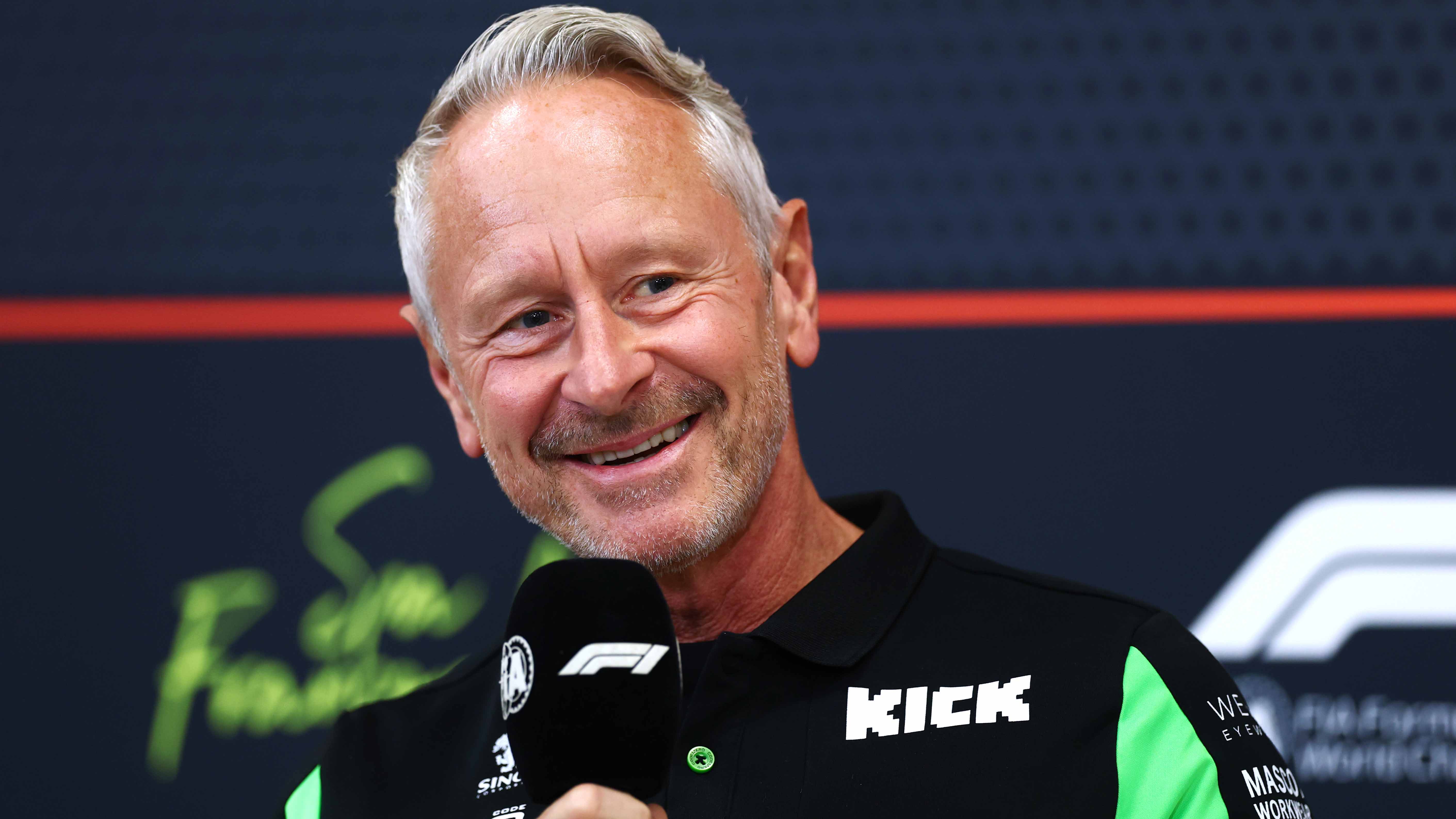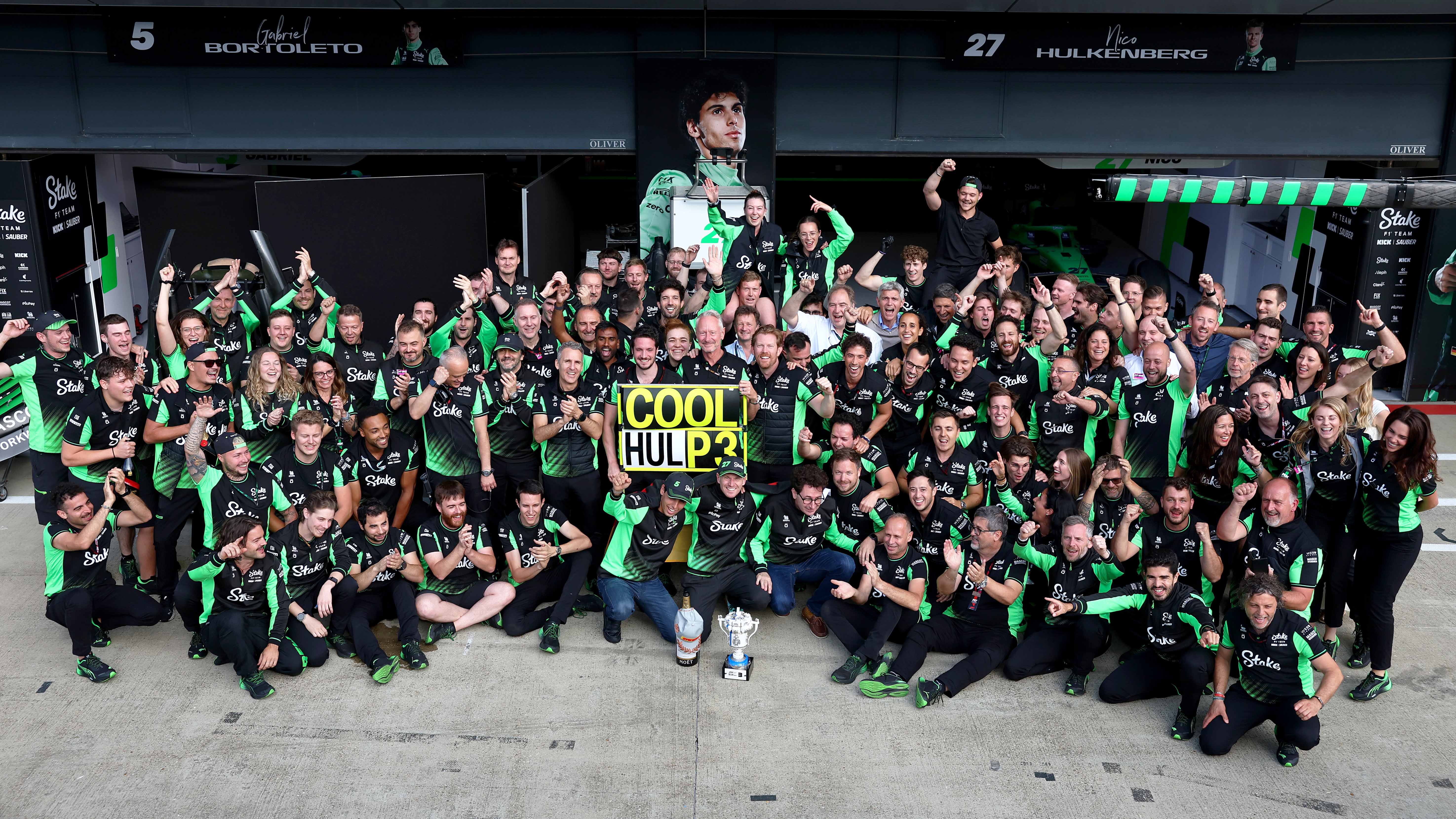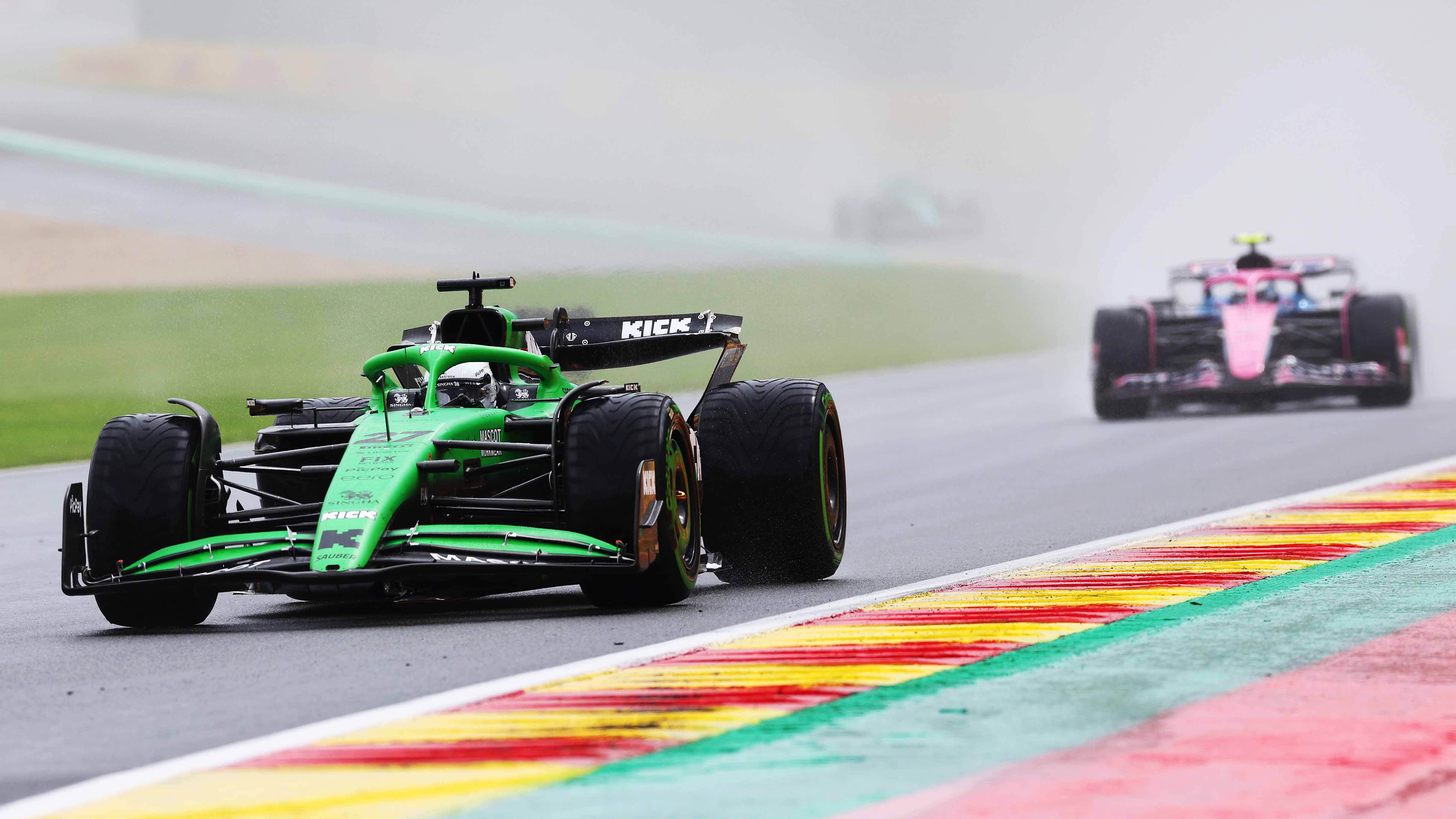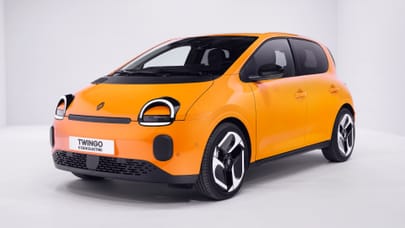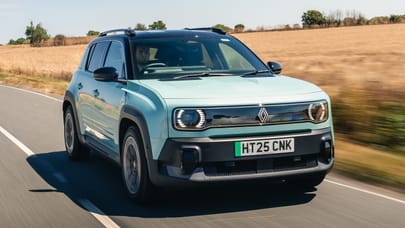
Sauber's Jonathan Wheatley on the Audi F1 project: "we're not messing around"
As F1 heads into its summer break, TG catches up with Jonathan Wheatley on all things Sauber
Jonathan Wheatley, Sauber F1’s smiley silver fox and team principal, must be heading into Formula One’s summer break with more of a spring in his step – or at least some confidence.
He’s one of the sport’s most respected operators – fluent in the language of racing, pit stops, strategy, and the fine art of team building. He’s also one of us: a proper car nut, with a garage full of gems. Plus a CV that stretches from spannering in the junior categories to calling the shots in the most high-pressure sporting environment on Earth.
He left Red Bull to take on something bigger, messier, and far riskier: leading Kick Sauber F1 through the final years of its independent life and transforming it into Audi’s first works Formula One team in 2026.
As we enter the break, the team that’s set to become Audi F1 next year has 51 points – 47 more than it had at the end of last year, when it came stone cold last with just four – a whole 664 fewer than championship winners McLaren. So, halfway through the season, Sauber’s currently seventh in the constructors’ championship, one point behind Aston Martin and ahead of Racing Bulls, Haas and Alpine. That’s progress.
With a season-best sixth for Gabriel Bortoleto in Hungary and Nico Hülkenberg hustling himself onto the podium at the British Grand Prix before that (the team’s first podium since Kamui Kobayashi in 2012), there seems to be tangible forward motion. The podium wasn’t a one-off flash in the pan. Apparently this year has been about shedding old weaknesses as well as chasing new strengths.
Last season, Sauber had the dubious distinction of being the slowest team in the pitlane – repeatedly hamstrung by hardware issues that saw wheel nuts cross-threaded and stops drag on into double-digit seconds. In 2024, they suffered the ignominy of a 31.18-second stop for Valtteri Bottas and a 20.20-second stop for Zhou Guanyu. Now, just a year later, they’ve taken the DHL Fastest Pit Stop Award at the Spanish Grand Prix – 2.13 seconds for a full tyre change on Bortoleto’s car.
That transformation is apparently no accident. It’s a product of a “monumental” effort back in Hinwil and at the track. Jonathan Wheatley – in collaboration with Mattia Binotto, Head of Audi F1 project – has been leading the transformation. But we thought we’d catch up with him before he put his flip-flops on and headed to the beach for a well-earned break, to talk about racing success, engineering challenges, cultural shifts and one of his real loves – road cars. Oh, and his pug, who rides shotgun in his Porsche: Lola.
TG: Let’s start at Silverstone. First podium for the team in 12 years, Nico’s first in his career – that must have felt pretty special?
JW: It was an extraordinary experience. I’ve been with teams and won championships, I’ve been with teams and won races for the first time. But the sheer joy in the team was something wonderful, something I really, really enjoyed being a part of. It was kind of like an outpouring of… I guess there’s been this build-up of... can we do it'? Are we capable of doing it? And the team delivered a brilliant team effort.
Did it change the belief in the garage?
Since I joined in April, you can feel the momentum gathering inside the team. The communication’s getting better, the structures are getting a little bit more refined and it’s feeling every bit like we’re on a journey now. We’ve taken the first step there, but it’s a race at a time. I’m not expecting us to be getting a podium every weekend.
You swapped Red Bull for Sauber. What are the biggest cultural differences, and what were you expecting?
I had a pretty good idea of what to expect. I’ve had friends at Sauber for years. It’s not like I didn’t know anything about the team. I’ve had very, very long friendships with people from there. But ultimately, if you’re a racer and you’re in a racing team, there’s a shared vision, there’s a shared goal. It feels like a racing team. That’s just how it is in its bones.
Top Gear
Newsletter
Thank you for subscribing to our newsletter. Look out for your regular round-up of news, reviews and offers in your inbox.
Get all the latest news, reviews and exclusives, direct to your inbox.
It’s existed to do that for years and it’s just coming from where we are as a team – from really doing an amazing job of just turning up with two cars on the grid every weekend – to ambitions to win races and world championships.
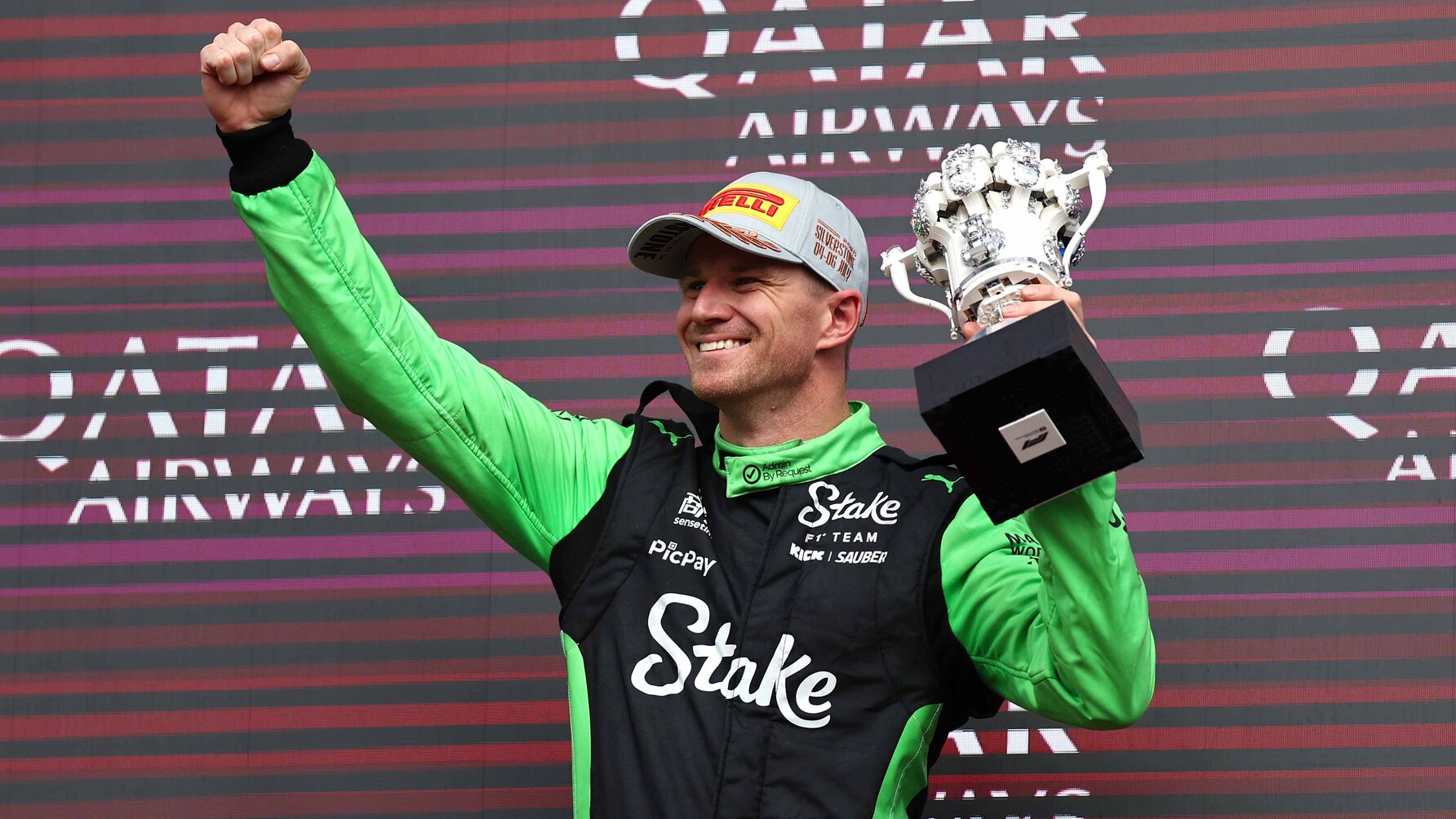
And when you first walked through the door – was there something you knew you had to change straight away?
In your first month you might draw a conclusion that’s not the right conclusion. So I think actually it’s more a very gentle touch over the first three or four months until you really understand how the team operates, why it operates like that, why the structure is so different to a team that you know. Some of the things you’ve learnt over time can be applied and other things need to be adapted for the situation you find yourself in.
I wanted a challenge in my career. I wanted to be challenged every day and be out of my comfort zone on many things and I’m very much enjoying working with the team towards this goal of being Audi F1 next year.
Pit stops – last year you were the slowest crew in the pitlane. This year you’ve had the fastest of the entire Spanish GP weekend. What happened?
I’ve always thought that pit stop performance shows the spirit and the team confidence to go out there. There’s 22 people in a pit crew. Everyone’s got to be focused on doing the same thing in a two-second period. People might have problems at home, people have not slept very well, been ill… but to bring it all together shows a confidence and a direction in spirit, and it is a bit of a metaphor for what we’re going through as a team.
Behind the scenes there’s a tremendous amount of energy. Mattia started this ball rolling a long time ago at the factory. I feel a bit of a fraud in many ways benefiting from some of the hard work that he’s put in with the guys. We’re gathering momentum – and that includes with C45.
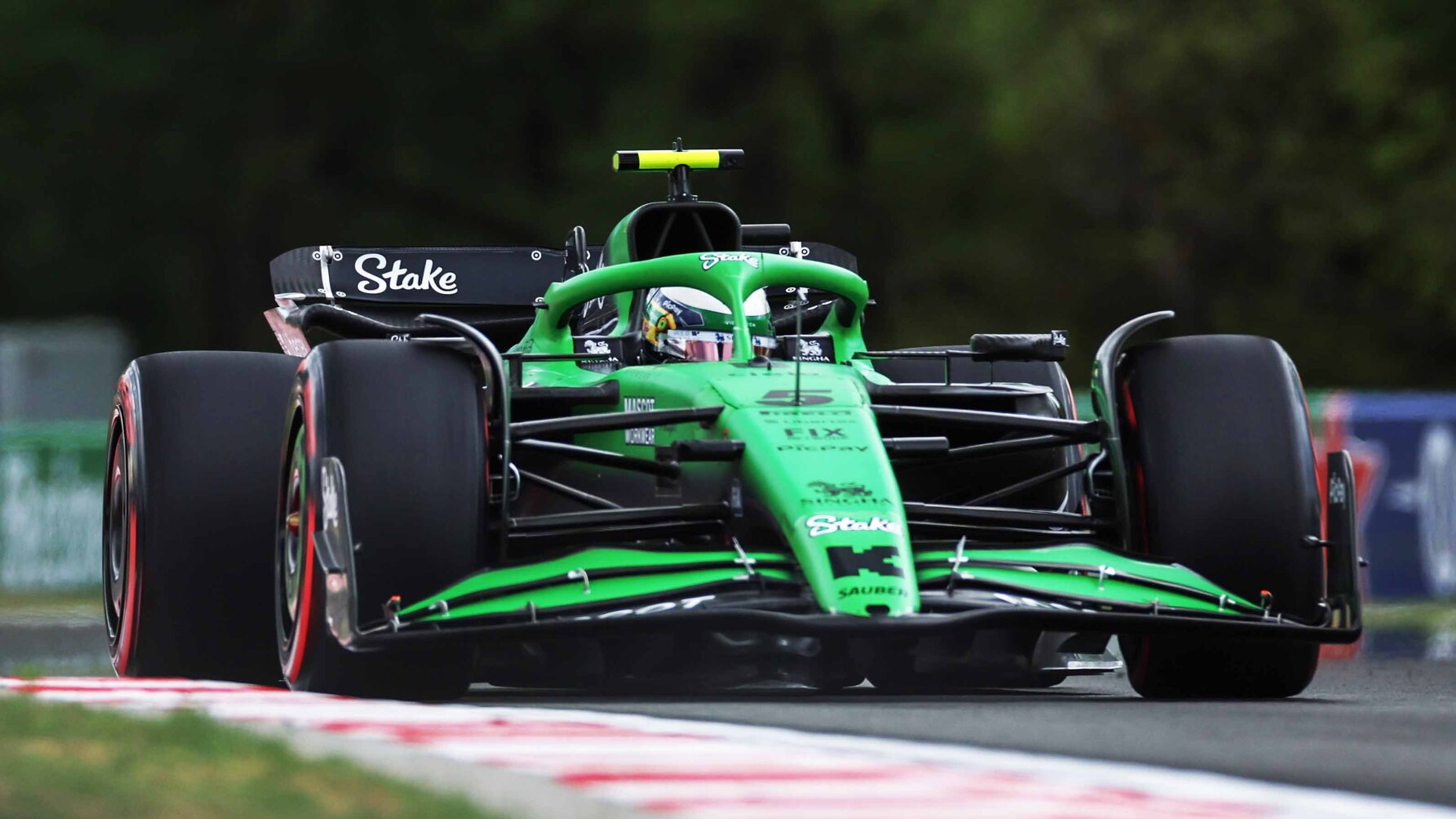
Your partnership with Mattia Binotto – a dual-leadership structure splitting sporting and technical responsibilities – is a rarity in F1. Does that split work?
To be on the road for 24 races, plus testing, plus all the other commitments you have as team principal, to be able to split that and to have Mattia, a guy that I've always wanted to work with, tremendously experienced to bring together chassis and powertrain. I mean it's a dream come true for me and it shows just how exciting the project is.
And will that division benefit you even more next year?
We are only getting closer and closer and closer. We've had a great relationship through the years, mainly taking the mickey out of each other, but that helps in high-pressure situations. I've described before a Venn diagram between what Mattia does and what I do and where the overlap is. We're having great conversations about that area. Our offices are linked by an adjoining door and we lean in the doorframe and just chat generally about things in the business.
But on that, taking the mickey – what kind of culture are you trying to create for Sauber and then Audi F1?
Honestly, the team creates its own culture. There's so many people in it and that combined spirit just manifests itself as an ethos in the team. I mean, what I've seen there is a desire to do well, a lot of young talent – which maybe, I don't know why, I hadn't expected to see so much young talent – that just needs direction and we need to put structures in place.
Will it feel weird when everything just switches to Audi F1 next year?
I wore a shirt with the four rings on it for the first time and that was an oddly emotional moment for me. It’s this dream, this ambition to turn Sauber into the Audi F1 project, and that was the first manifestation of it.
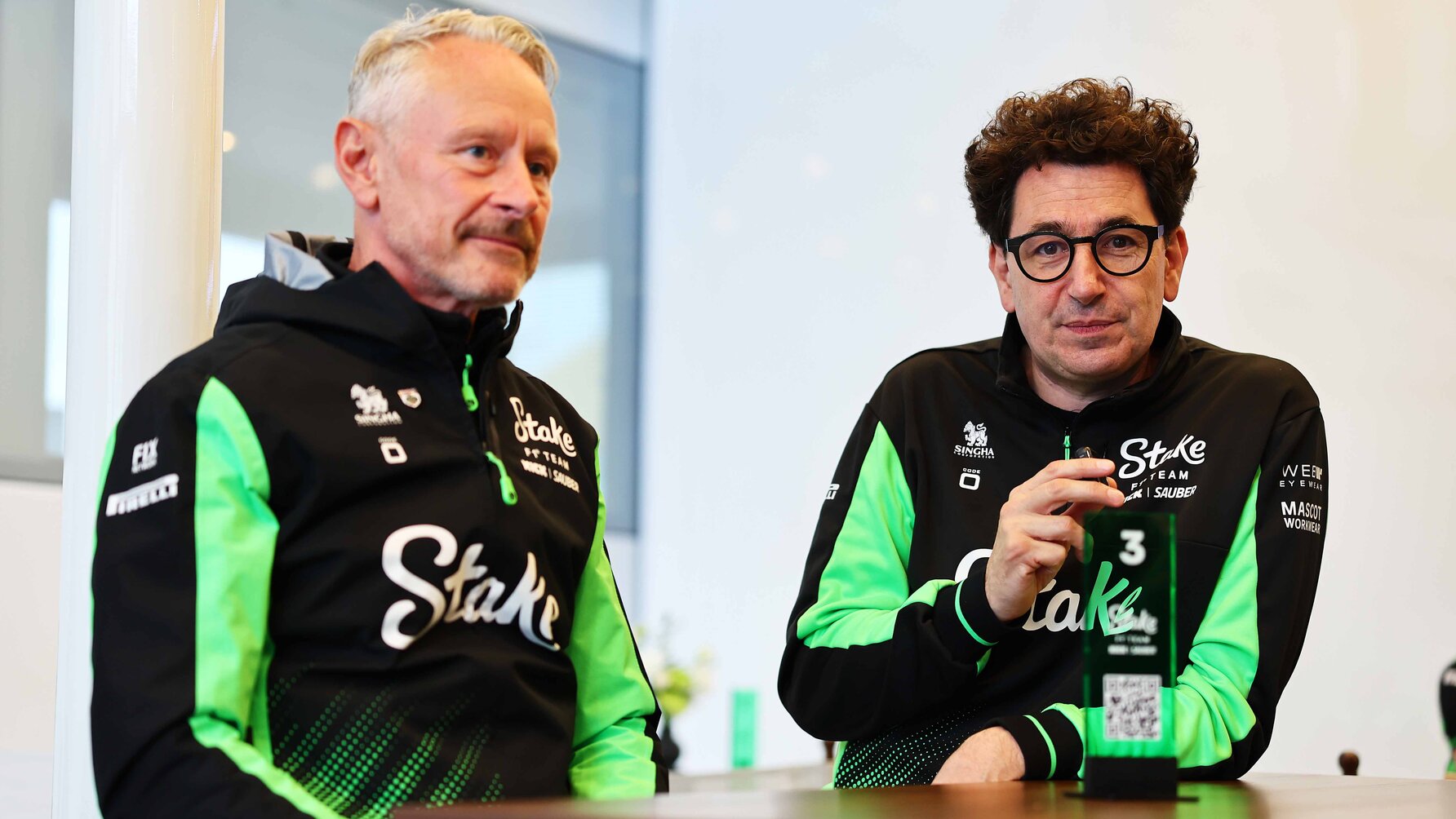
Pressure’s going to be huge. Audi don’t do half-measures in motorsport…
I’m just trying to remember the last time in my career that I wasn’t under a huge amount of pressure. I think you just get used to dealing with it. I like to turn it into an energy for change. I like to turn it into an energy to motivate myself and drive forwards. I don’t know what I’d do without pressure in my life to be honest. I think I’d probably create it.
When you do escape from the pit wall, what’s your place of zen?
I generally have the best ideas when I run. But I’m still a huge car guy. I love driving my cars. Haven’t been able to do that as much as I’d like because of the pressures of the job at the moment. And then when I can spend some time with my family. My wife’s trying to nail me down now for the summer break to actually find some holiday time.
Where did the car obsession come from?
I think I blame my father because he was racing cars when I was a kid, so I was in love with cars. He always had great road cars. Whether it's a 3.0 CSL or I can remember when he turned up in a Ferrari Dino for the first time and then he bought a 308, 365 GTC and all these cars and all his friends, it was just this huge culture.
I was in a GT40 when I was tiny going up and down before they opened the M25 all the way around so you could go a little bit faster than maybe was intended. Dad commuted in a racing Lotus Cortina for a while so we'd go to school hanging on the roll cage in the back of it. So I probably didn't have any choice.
And what about modern road cars? Does the technology excite you as much as the classics?
Yeah, I mean I think technology is where my fascination started. I started as a kid taking things apart, putting it together, trying to understand how it works. I think I have had every GT3 from the very beginning and when you drive a 996 and then you drive a 992, you can't believe how far technology has come on. And driving around Silverstone in a 992 GT3 just shows you where technology leads things and it's exciting.
It's an exciting era and I'm not obliged to say it, but I was desperate to have an RS6 and now I drive an RS6 every day and I still can't believe it.
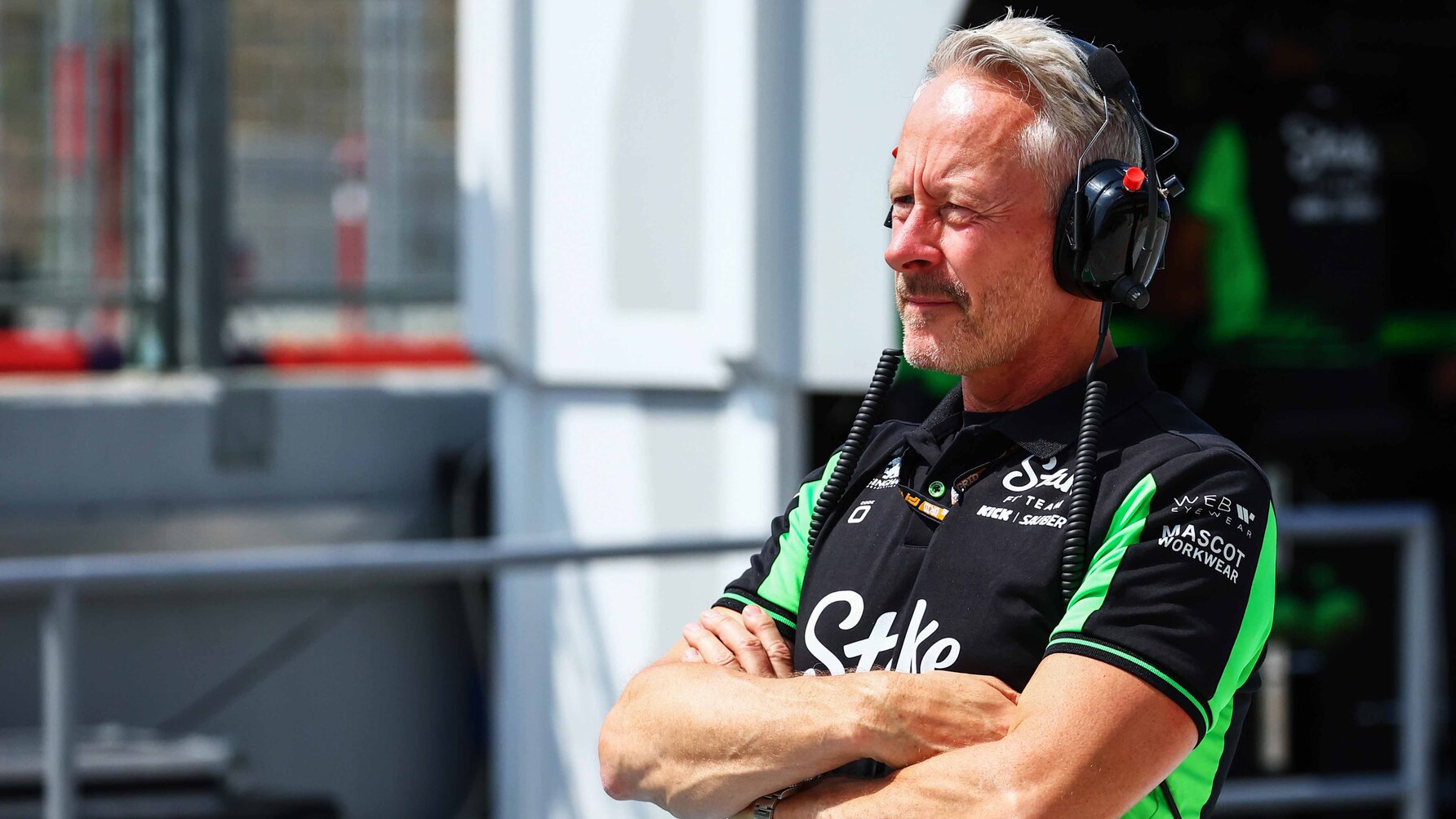
Favourite GT3?
I wish I could have afforded to hang onto it, but for a brief period in my life I had a 997 RS 4.0-litre. It was a Dubai car and it was just brand new and I had it for about three or four years. I don't think there was ever a time that I drove it that I didn't feel excited.
And the classics?
I’ve also got a 1967 short-wheelbase 911 and an original twenty-valve Audi Quattro. The Quattro’s having a little bit of work done to it at the moment, but I can’t wait to see what the similarities are between that and an RS6. I bet it’s closer than you think.
Is the 911 the car you drove to Switzerland when you moved?
Yeah. Lola – my dog – came with me. She’s probably got a bigger Instagram account than I do. We had a great time driving over there. The windscreen wipers packed up in a blizzard and all the stuff you expect with a 58-year-old car happened. But it was a journey to remember. And do you know what? For me it was a transition – leaving the UK, driving to Switzerland. It meant a lot more than flying.
You’ve been in F1 a long time. The sport’s changed a lot since you started…
I started out in this business as a mechanic and the first time I went to New York was in 1991. If you’d have said to me there’d be an F1 movie, you’d be on the red carpet in Times Square when I started, I would’ve never even thought it imaginable. So yeah, it’s exciting. And look, Audi entering the sport – let’s face it – it’s a great brand and it’s a great new story for Formula One.
And the plan now is?
To win races, win world championships. We're not messing around. I haven't moved there because I want to live by a lake. I've moved to Switzerland because I want to be part of this transformation journey into Audi F1.
Trending this week
- Car Review
BMW iX3




